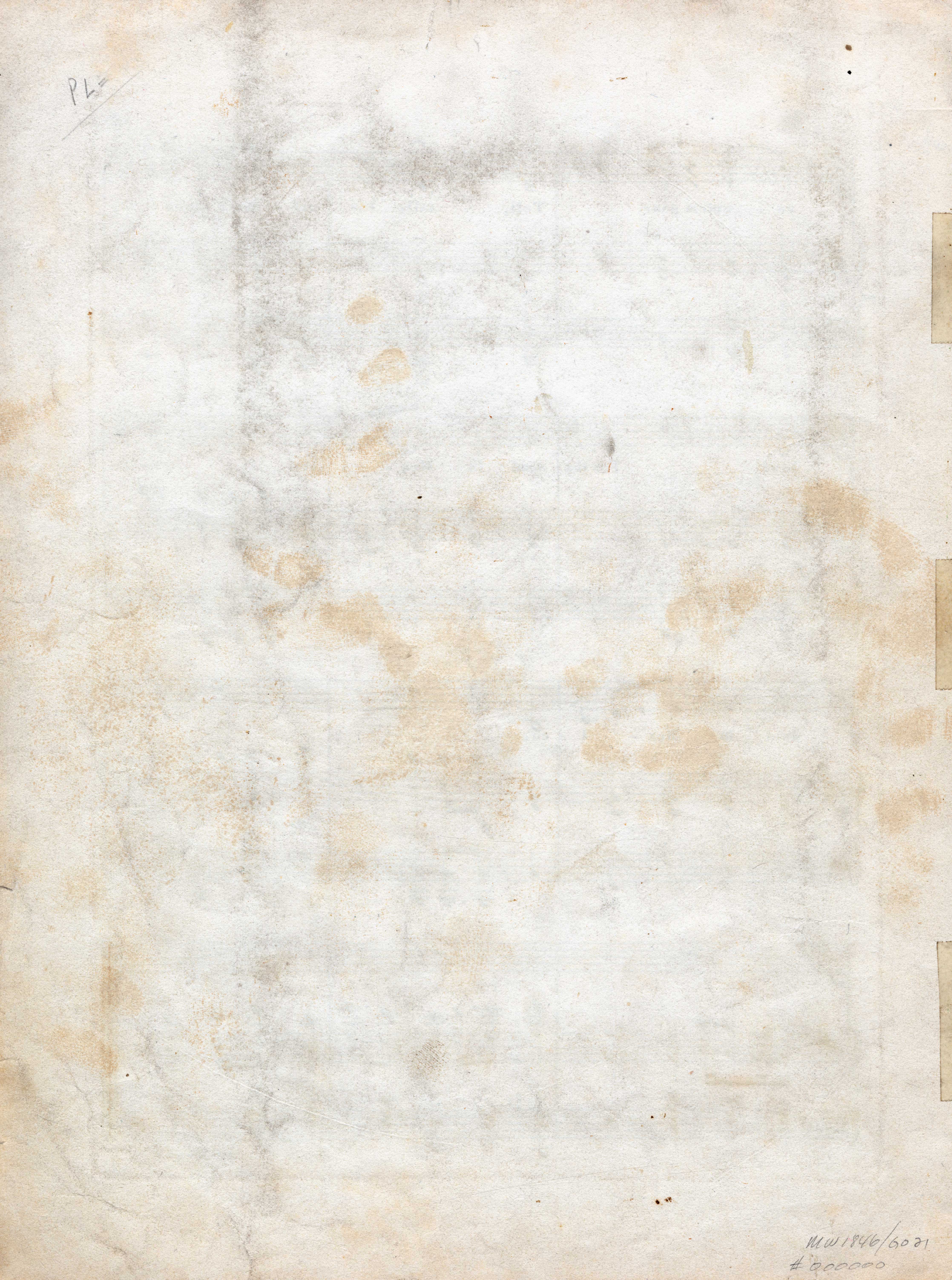
This treaty of 1485 marks the division of the family into the Ernestine and the Albertine branches. THE ERNESTINE AND ALBERTINE LINES, 1485-1694 His younger brother Albrecht der Behertze became Duke of Saxony and retained the title Margrave of Meissen, and heoversaw his lands in Saxony from Dresden. Following the Division of Leipzig, Ernst, the elder brother, received the power of the Electorship and had his seat at Wittenberg. It was Friedrich's sons, Ernst and Albrecht who, after the death of their uncle Wilhelm III of Thuringia, would divide the House of Wettin and its lands forever. Elector Friedrich I had three sons, two of whom, Friedrich II 'the Mild' and Wilhelm, Landgrave of Thuringia, fought over their father's lands. However, the subsequent generations of the family went through bitter divisions. Thus the title Elector of Saxony was bestowed on him and his descendants. The Middle Ages saw a gradual rise in the status of the Wettin family, culminating in 1423 with the confirmation in Budapest by Emperor Sigismund, of the rank of Elector to Friedrich VI, Margrave of Meissen (variously known as the Warlike and the Pugnacious) who became Friedrich I, Elector of Saxony. This advantageous marriage, coupled with the extinction of the Ascanian Dukes of Saxony increased the standing and power of the House of Wettin. Konrad's grandson, Diedrik, added to the family's position by marrying the heiress of the Landgrave of Thuringia. The town, castle and lands passed to Konrad's youngest son, Friedrich it was his descendents who, in 1288, sold them to the Archbishop of Magdeburg. When Konrad abdicated in 1156 his lands were divided between his five sons and the county of Wettin was left to his fourth son Heinrich, who died childless in 1217. In 1135 Lower Lustia was added to the possessions of the Wettin family. Thimo's son, Konrad, claimed the title Margrave of Meissen after the death of Heinrich II in 1123 and secured the title between about 11. It was Thimo who was responsible for the construction of the castle at Wettin, and he took it as his name. The title eventually passed to Thimo, cousin of Henrich I, 'the Illustrious', and son of Dedo II. His sons, Dedo I and Friedrich, were given lands in the gau of Wettin, which were passed through the male line to Diedrik II, who married Matilda, daughter of Ekkard II, Margrave of Meissen. However, the earliest reliable founding father is traceable to Diedrik, Count of Hassegau ( 982). It was thought its origins dated back to the Saxon chief Widukind or Witterkind ( circa 807) or to Burchard, Margrave of Thuringia ( circa 908).

The house of Wettin derives its name from the town and castle on the river Saale in the modern-day Bundesland of Saxony-Anhalt. (Albertine Line), a family name synonymous with the history of Saxony and the Royal Houses of Europe, they are now offered for sale on behalf of the descendents of this noble and distinguished line.

Commissioned by a member of the House of Wettin A. These extraordinary pieces of Meissen porcelain are offered on the market for the first time since their manufacture in the early 18th century. No VAT will be charged on the hammer price, but VA…


 0 kommentar(er)
0 kommentar(er)
